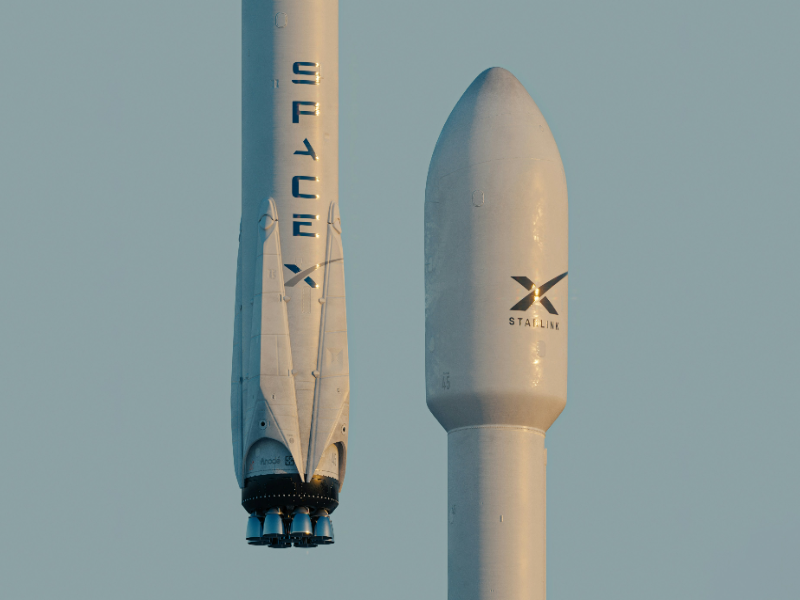- SpaceX has cleared a major regulatory hurdle, securing FCC approval to bring its Starlink satellite-to-phone service to life.
- Partnering with T-Mobile, this innovation aims to connect regular smartphones to satellites in orbit, marking a pivotal step in the race to expand mobile connectivity globally.
What happened
SpaceX’s Starlink satellite-to-phone service has taken a significant step forward with Federal Communications Commission (FCC) approval, paving the way for mobile users to connect directly to satellites. Partnering with T-Mobile, this ambitious project allows regular smartphones to access satellite networks without requiring specialised hardware. Initial plans anticipated a 2023 launch, but regulatory delays pushed development into late 2024.
Also read: 7 steps to ensure seamless scalability in your private cloud environment
Also read: US security officials discuss Chinese cyber-espionage with telecom executives
Testing has already demonstrated the service’s capabilities, including during emergencies like hurricanes, where satellite connections bridged critical communication gaps. The FCC has stipulated several operational constraints, such as ensuring the satellites don’t interfere with ground-based services and restricting use to extensions of existing networks, like T-Mobile’s.
SpaceX also faces technical challenges in synchronising satellite-based “cell towers” with fast-moving devices in orbit. Despite these obstacles, SpaceX has demonstrated progress, including successful test calls earlier this year.
Why this is important
The Starlink satellite-to-phone initiative could redefine mobile connectivity, especially in underserved regions. With traditional infrastructure often failing to reach remote areas, this service promises global coverage directly from orbit. The collaboration with T-Mobile positions SpaceX ahead of rivals like Lynk and Amazon’s Kuiper in the race to dominate this new market.
For consumers, the potential impact is enormous. From emergency responders working in remote regions to individuals in connectivity dead zones, the promise of seamless satellite coverage could eliminate “no signal” frustrations. However, practical questions remain: How affordable will this service be? And how effectively can SpaceX address technical hurdles as it rolls out its ambitious plans?
As satellite communication ventures gain momentum and SpaceX continues expanding its satellite network, the Starlink satellite-to-phone service could be a game-changer, offering a glimpse of a future where no one is out of reach.

